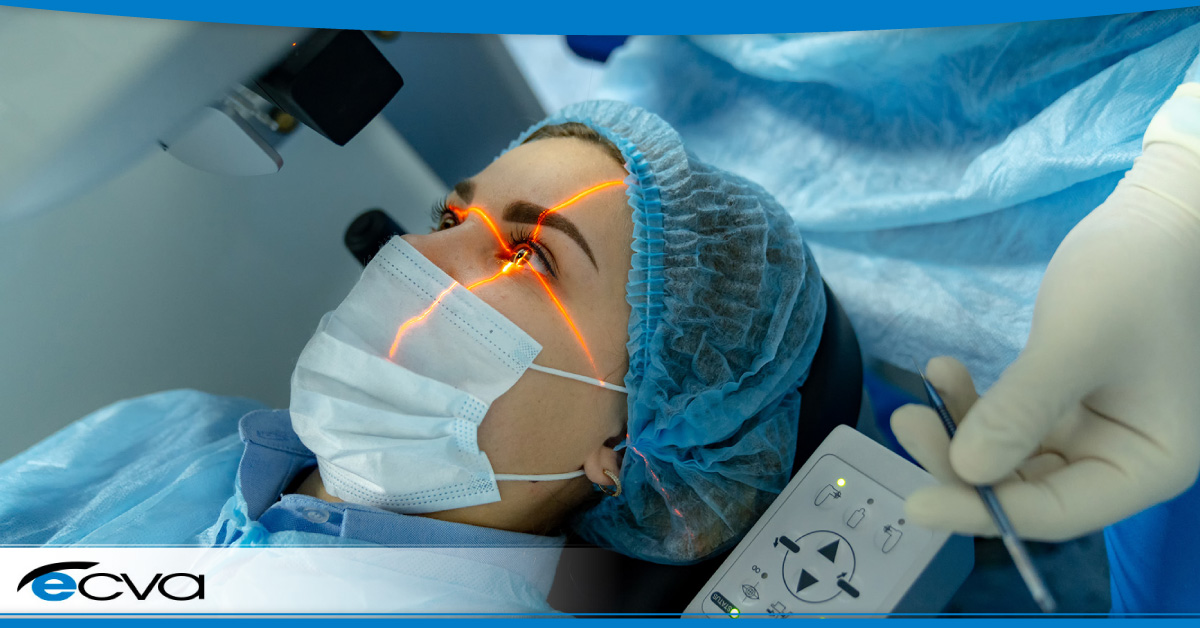Laser eye surgery represents a groundbreaking leap in pursuing perfect vision, offering a sophisticated alternative to traditional eyewear and contact lenses. This transformative procedure harnesses the precision of laser technology to reshape the cornea, addressing refractive errors that blur our view of the world.
Whether you’re nearsighted, farsighted, or dealing with astigmatism, laser eye surgery opens the door to enhanced visual clarity. Here’s a look into the heart of laser eye surgery, including how it works, the conditions it can remedy, and the myriad benefits it bestows upon those who choose this path to clearer vision.
The Role of Lasers in Eye Surgery
The advent of laser technology has revolutionized the field of ophthalmology, offering precise, less invasive procedures for correcting various eye conditions. At the core of laser eye surgery is the use of specialized lasers to reshape the cornea—the clear, dome-shaped surface of the eye. This reshaping corrects refractive errors by allowing light entering the eye to be properly focused onto the retina, thereby improving vision.
One of the most common laser eye surgery techniques is LASIK (Laser-Assisted In Situ Keratomileusis), which involves creating a thin flap in the cornea and then using an excimer laser to correct visual clarity issues by reshaping the underlying corneal tissue. This procedure is highly effective for correcting myopia (nearsightedness), hyperopia (farsightedness), and astigmatism.
Common Conditions Treated with Laser Eye Surgery
Laser eye surgery is primarily used to treat refractive errors, which are the most common types of vision problems. Myopia (nearsightedness), where distant objects appear blurry, can be corrected by flattening the cornea to reduce its refractive power. Hyperopia (farsightedness), characterized by difficulty focusing on close objects, is treated by steepening the cornea to increase its focusing ability. Astigmatism, which causes distorted or blurred vision at all distances due to an irregularly shaped cornea, is corrected by smoothing the irregularities to create a more symmetrical corneal shape.
Beyond refractive errors, laser eye surgery is also employed in the treatment of certain corneal diseases and conditions. For example, Phototherapeutic Keratectomy (PTK) can remove corneal scars and reduce corneal irregularities, enhancing visual clarity. Additionally, diabetic retinopathy or wet macular degeneration treatment may involve thermal lasers to address leaking blood vessels.
Advantages of Opting for Laser Eye Surgery
Choosing laser eye surgery for vision correction comes with numerous benefits. First, the precision of laser treatment results in a high degree of accuracy in correcting refractive errors, leading to significantly improved vision for most patients. Many patients achieve 20/20 vision or better after the procedure, reducing or even eliminating their dependence on glasses or contact lenses. This can greatly enhance the quality of life, offering freedom from the physical and financial burdens associated with corrective eyewear.
Additionally, laser eye surgery is known for its rapid recovery times. Procedures like LASIK allow patients to experience improved vision almost immediately, with most returning to their normal activities within a day or two. The minimally invasive nature of the surgery, combined with advanced techniques that promote quick healing, contributes to its popularity among patients seeking effective and efficient vision correction solutions.
Laser Eye Surgery In Buffalo, NY
At ECVA, the safety and health of our patients’ eyes are our priority. If you’re considering laser eye surgery and want to see if you’re a good candidate or if you simply haven’t visited your eye care provider in the past year, the ECVA team is here to help. Schedule an appointment at your closest ECVA clinic today.







